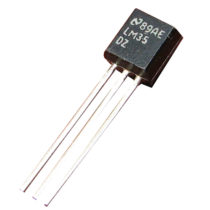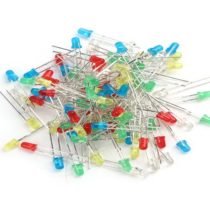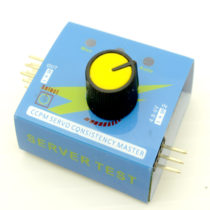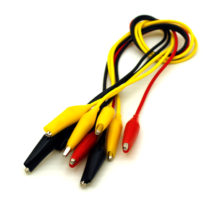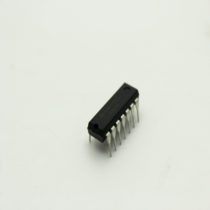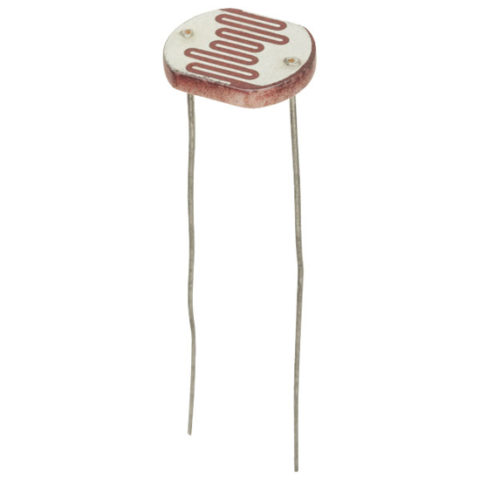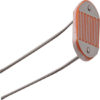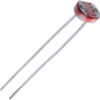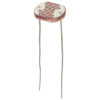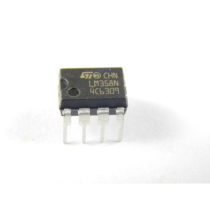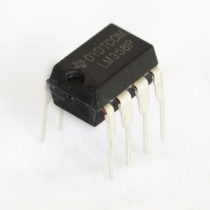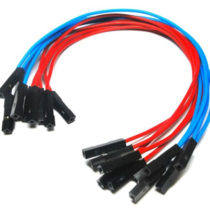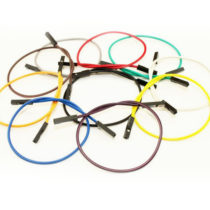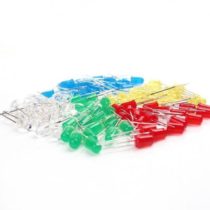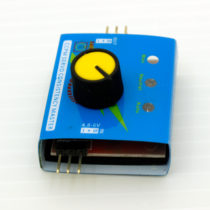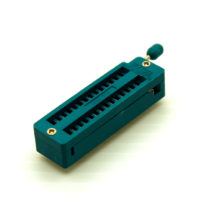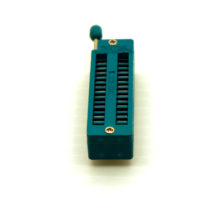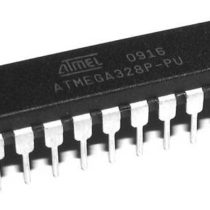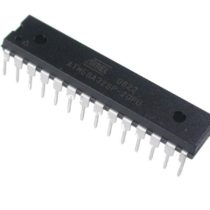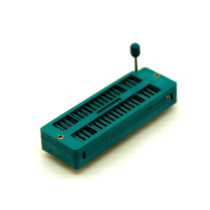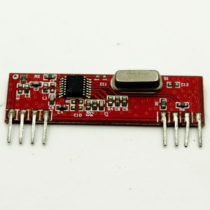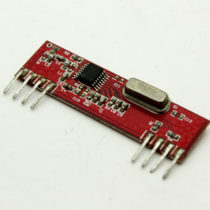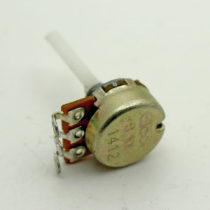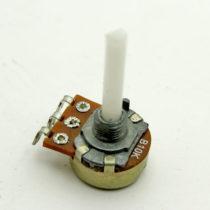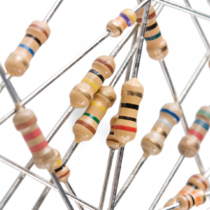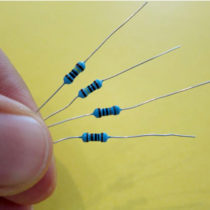A photoresistor or light dependent resistor (LDR) is a resistor whose resistance decreases with increasing incident light intensity; in other words, it exhibits photoconductivity.
A photoresistor is made of a high resistance semiconductor. If light falling on the device is of high enough frequency, photons absorbed by the semiconductor give bound electronsenough energy to jump into the conduction band. The resulting free electron (and its holepartner) conduct electricity, thereby lowering resistance.
A photoelectric device can be either intrinsic or extrinsic. An intrinsic semiconductor has its own charge carriers and is not an efficient semiconductor, for example, silicon. In intrinsic devices the only available electrons are in the valence band, and hence the photon must have enough energy to excite the electron across the entire bandgap. Extrinsic devices have impurities, also called dopants, added whose ground state energy is closer to the conduction band; since the electrons do not have as far to jump, lower energy photons (that is, longer wavelengths and lower frequencies) are sufficient to trigger the device. If a sample of silicon has some of its atoms replaced by phosphorus atoms (impurities), there will be extra electrons available for conduction. This is an example of an extrinsic semiconductor. Photoresistors are basically photocells.
Sensitivity
The sensitivity of a photodetector is the relationship between the light falling on the device and the resulting output signal. In the case of a photocell, one is dealing with the relationship between the incident light and the corresponding resistance of the cell.
Applications
Photoconductive cells are used in many different types of circuits and applications.
Analog Applications
· Camera Exposure Control
· Auto Slide Focus – dual cell
· Photocopy Machines – density of toner
· Colorimetric Test Equipment
· Densitometer
· Electronic Scales – dual cell
· Automatic Gain Control – modulated light source
· Automated Rear View Mirror
Digital Applications
· Automatic Headlight Dimmer
· Night Light Control
· Oil Burner Flame Out
· Street Light Control
· Absence / Presence (beam breaker)
· Position Sensor


